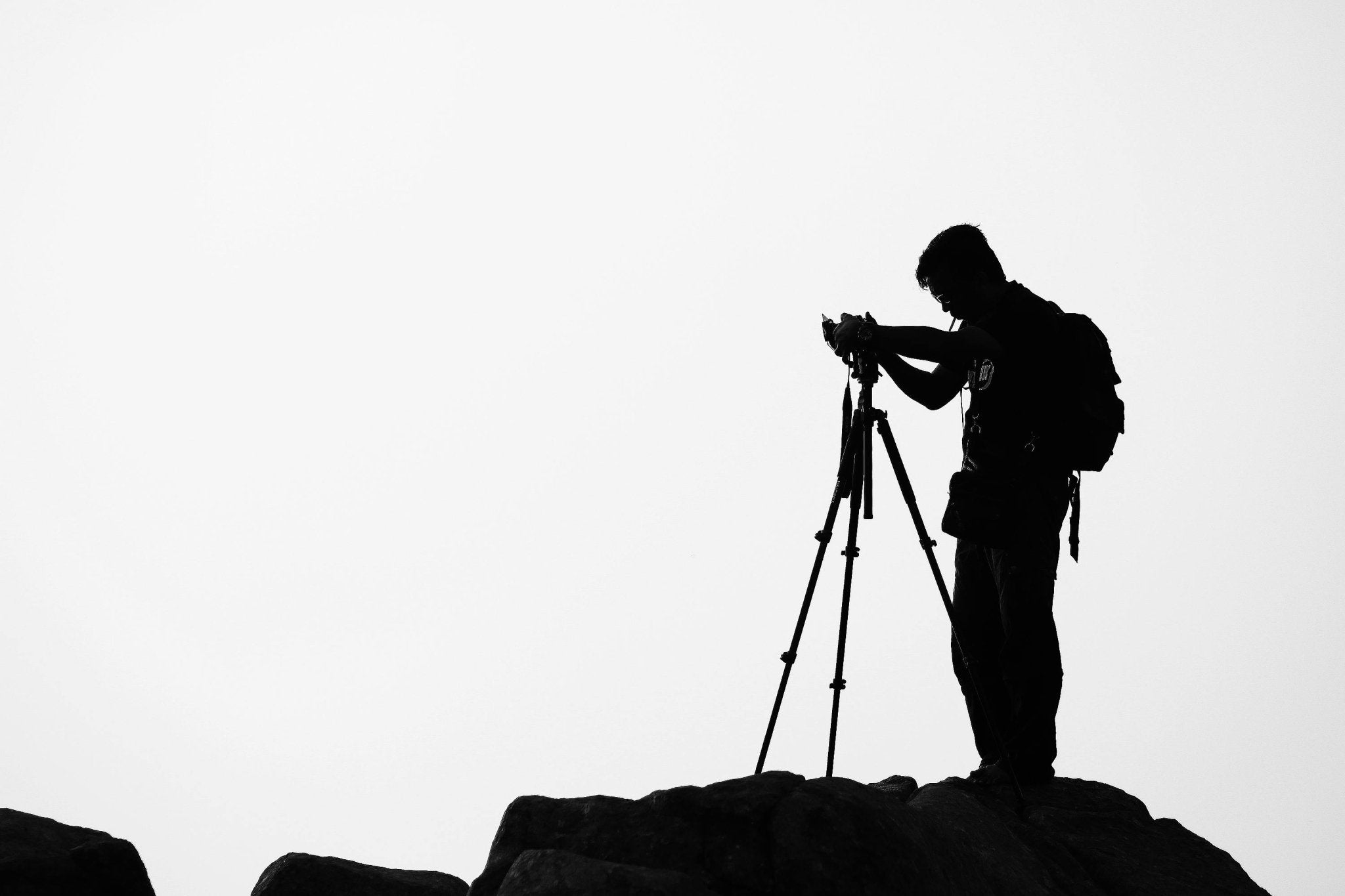How to Get Started in Photography: A Clear Guide for Beginners
Photography can be overwhelming for beginners with its complex terminology and technical details. To help those just starting out, this guide offers essential information for diving into the world of photography.
It covers the crucial aspects of selecting the right camera and lens, mastering image editing software, understanding core techniques and photographic concepts, as well as engaging with the photographic community.
The guide aims to provide a comprehensive understanding of the fundamental elements needed to embark on a photography journey. It delves into the importance of choosing the appropriate camera and lens, exploring different types of digital cameras, such as smartphones, compacts, bridge cameras, DSLRs, and mirrorless cameras, and how they vary in size, quality, and price.
Key Takeaways
- Selecting the right camera and lens is crucial for capturing great shots.
- Understanding core techniques and photographic concepts is essential for honing photography skills.
- Engaging with the photographic community can provide valuable learning and networking opportunities.
Photo Editing Software
Adobe Photoshop and Lightroom
Adobe Photoshop and Adobe Lightroom are widely regarded as the most common image editing software. They are industry-standard editors used by both professionals and beginners. Photoshop is a layers-based image editor that can be used for various image manipulations, retouching, composites, illustrations, digital painting, graphic design, and animation.
On the other hand, Lightroom is a non-destructive image editor designed for use on desktop and mobile platforms, including iPad and smartphones. It should be noted that Lightroom Classic is similar to Lightroom, but it stores data locally on the hard disk and offers more extensive editing tools.
Alternatives to Adobe
For those who prefer to own their software outright, Skylum Luminar AI and Serif Affinity Photo are viable alternatives to Adobe's subscription-based Photography bundle plan. These alternatives offer similar editing tools and can be purchased as standalone software. GIMP is a popular free editor that contains many of the same editing functions as Adobe Photoshop, making it a good option for beginners who are on a tight budget after investing in a camera and lens. Additionally, there are several other popular free photo editing apps available for those who prefer not to spend money on software, although it's important to consider that paid tools generally offer superior features and functionality.
Basic Techniques
Isolating a Subject
One of the most common challenges for photographers is to capture a subject in a busy location. When shooting a portrait in a crowded area, there may be many elements in the background that can be distracting. However, by controlling the settings in the exposure triangle, photographers can isolate the subject from the background and create a more visually appealing image.
Widening the aperture can effectively make the depth of field shallower, creating a thinner slice of the environment that is in focus. For example, by taking a portrait at f/11 and then at f/2.8, photographers can see how this technique helps isolate the subject from a distracting background, putting emphasis on the main subject.
Shoot in Low Light
When shooting in low light conditions, photographers may face challenges in getting a well-exposed photograph. It's tempting to increase the ISO sensitivity or widen the aperture to let more light into the image sensor, but this can introduce higher image noise and reduce the depth of field.
To maintain image quality, photographers can change the shutter speed to achieve creative effects. For example, when shooting traffic after dark, a long shutter speed of several seconds can be used to get a bright enough exposure. By combining this with a narrower aperture, the passing vehicles' lights turn into long trails that paint the roads as they move along during the exposure. The same technique can be used for astrophotography, where a long exposure can create stunning star trails as the earth rotates.
By using the right camera settings and techniques, photographers can capture stunning images even in low light conditions. It's important to remember that the exposure triangle plays a crucial role in all types of photography, and mastering it can help photographers achieve their creative vision.
Basic Composition
When it comes to photography, composition is key. Understanding basic compositional techniques can help photographers create images that are both visually pleasing and effective in conveying a message. The following subsections will cover three of the most fundamental techniques used in photography: the rule of thirds, leading lines, and the rule of space.
Rule of Thirds
The rule of thirds is a technique that involves dividing an image into nine equal parts by drawing imaginary lines across the frame, both horizontally and vertically. By placing subjects at the four points where the lines intersect, photographers can create a more balanced and visually interesting image. The rule of thirds is a fundamental technique used in all types of photography, from landscape to portrait to wildlife photography.
Leading Line
Leading lines are a visual tool used to draw the viewer's eye through an image. They can be a literal line, such as a road or a fence, or a metaphorical line created by the placement of subjects within the frame. Leading lines can be used in conjunction with the rule of thirds to create a more dynamic and engaging image.
Rule of Space
The rule of space is a technique used in portrait photography that involves leaving space in the direction a subject is looking. By doing so, photographers create a sense of movement and direction within the image. For example, if a subject is looking to the right, the photographer should leave more space on the right side of the image than on the left. The rule of space is also used in other types of photography, such as street and sports photography, to create a sense of movement and direction within the image.
Overall, understanding these basic compositional techniques is essential for any photographer looking to create visually pleasing and effective images. By mastering these techniques, photographers can create images that are both aesthetically pleasing and effective in conveying a message.
Using the Internet to Grow
As a beginner photographer, it is essential to have a solid understanding of the basics of photography. The internet provides a wealth of resources to help you learn and grow as a photographer. Below are some tips on how you can use the internet to your advantage.
Learning Photography
There are many online resources available for learning photography. Web-based platforms like Lightroom Academy offer a modern method of learning fundamental photography techniques and are updated frequently. Other resources such as Lightroom Discover, Community Remix, and Lightroom Tutorials allow photographers to learn the editing process, get inspiration, and share ideas with fellow photographers. Photography books, classes, and workshops are also available online for those who prefer a more structured approach.
For tips and tutorials on all kinds of photography genres and techniques, YouTube is teeming with experienced photographers you can subscribe to for a free education. You can also find online courses and tutorials on websites such as Udemy, Skillshare, and Lynda.
One of the most important aspects of learning photography is getting feedback on your work. There are many online communities where you can share your photos and get constructive criticism from other photographers. Some popular communities include Flickr, 500px, and Instagram.
Get Inspired by Others
Looking at the work of other more experienced and talented photographers is one of the best ways to broaden your horizons and get your creative juices flowing. There are many platforms through which you can share and view photos, but some of the best photo sharing sites and services include Instagram, 500px, Behance, Flickr, and VSCO.
Social media platforms like Instagram and X are also great places to find inspiration and connect with other photographers. You can follow your favourite photographers and see what they are up to, as well as participate in photography challenges and contests.
One thing you can try is finding a photograph you enjoy and trying to recreate it as closely as possible. This can give you practice and insight into different ways to approach creating and editing photos, and once you are more familiar with those techniques, you can apply them to creating original work that you can proudly share with the world.
If you come across a photographer you admire, try reaching out. You could form a friendship through your common interest in photography, and you could possibly even find someone willing to serve as your mentor as you progress in your knowledge and skills.
The internet provides a wealth of resources for learning and growing as a photographer. By taking advantage of online courses, tutorials, and communities, as well as seeking inspiration from other photographers, you can develop your skills and take your photography to the next level.
Latest Product Reviews
A Proud Kase UK Partner
The use of high quality glass filters for landscape photography is quite simply game changing and will improve your resulting images. I am happy to talk filters and help you get started, start a conversation here









